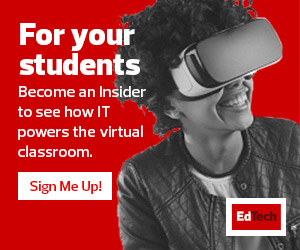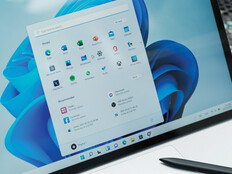EDTECH: In its 2020 report, AVIXA noted an 8 percent drop in revenue for the global professional audiovisual market. How did higher education compare with other fields?
WARGO: Higher education spending was higher than the rest of the market. Overall, education showed only a 2 percent drop, compared to 8 percent overall. However, those numbers actually point to a bit of a gap in how we define professional AV. Zoom is a great example: It’s an IT solution that allows for collaboration and distance learning without any of what we typically consider to be pro AV technology, like microphones, speakers and projectors.
When you look at the full range of AV spending, education was about 4 percent higher than the rest of the market. The pandemic caused all of education to pull forward. There was infrastructure investment to increase bandwidth, broadband connections, Wi-Fi, back-end Software as a Service support and content distribution. Institutions also invested in software and services, increased licensing, and provided cameras, headphones and microphones to kit out instructors who were forced to teach from home.
MORE ON EDTECH: Learn why higher education will see a jump in cloud adoption.
EDTECH: Where do you see higher education spending on AV in the near future?
WARGO: At the beginning of the pandemic, many schools tried the best they could with lower-cost technology to try to bridge the gap. Now, 2021 is a real question mark. We expect a 5 percent increase for 2021, which is about average for the market — a healthy increase. It’s indicative that students are coming back for more in-person activity and that IT leaders are thinking about how to bolster what they purchased in 2020.
As students return to the classroom, 2022 looks like an even stronger year, where campus IT professionals will ask themselves, “Where do we make investments to dramatically improve what we’ve already purchased?”
They’re looking at back-end components like media servers, as well as at flagship technologies such as Barco’s weConnect, which combines a video wall in front of an instructor and software that allows them to teach and engage with students in a hybrid environment.
MORE ON EDTECH: Learn how to improve remote learning with virtual desktop infrastructure.
EDTECH: What about in the long term?
WARGO: Is digital learning the be-all, end-all? No. Our nature prefers social interaction, and higher education’s entire value proposition is based on the in-person experience. However, I do think there will be a balance.
Instructors are thinking about ways to build libraries of content in a different way. Learning can be augmented and enhanced by virtual experiences. AV technology can expand the life of events and bring more content to a wider audience.
I think, beyond that, what will improve is the broad availability of capture technologies like cameras and microphones. It will be interesting to see how educational environments change to serve production quality to enable an even better learning experience.











